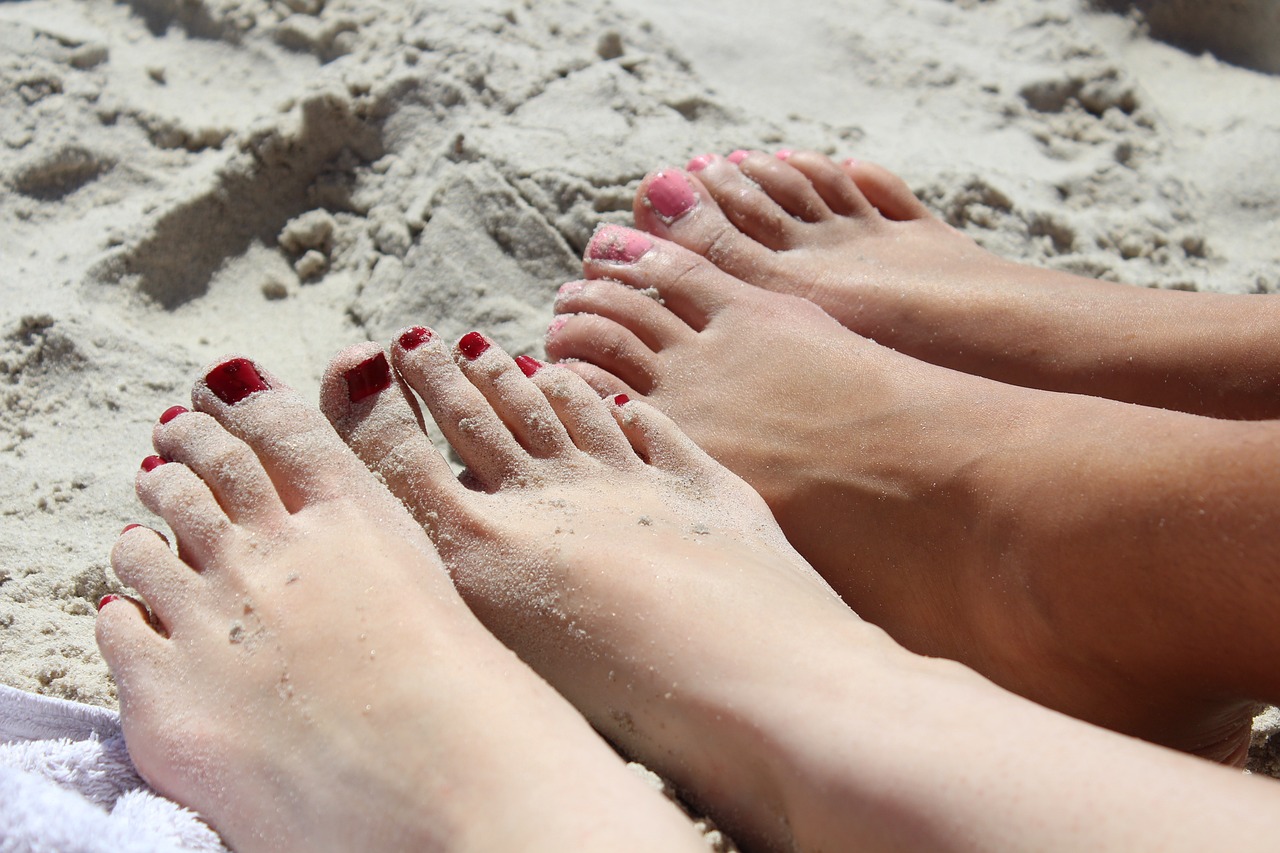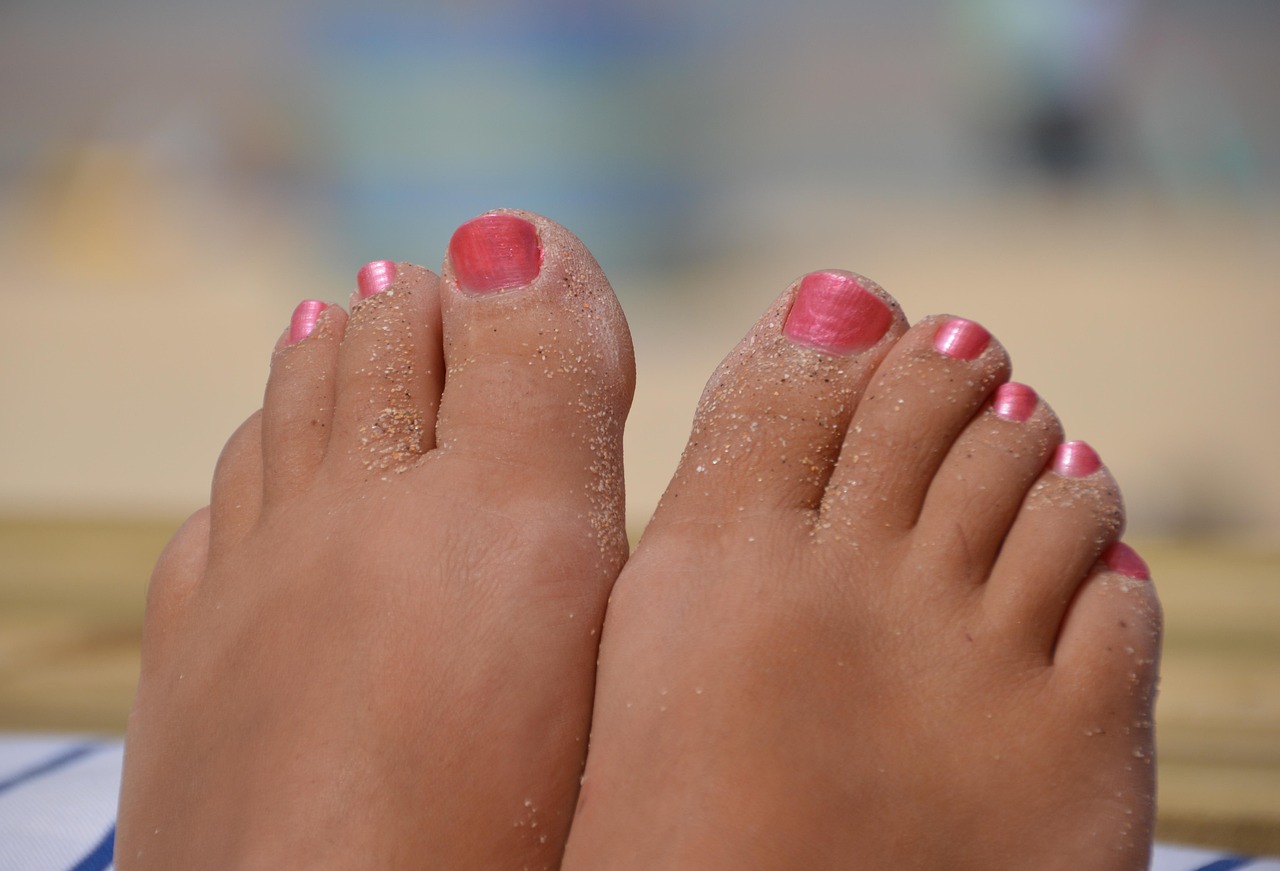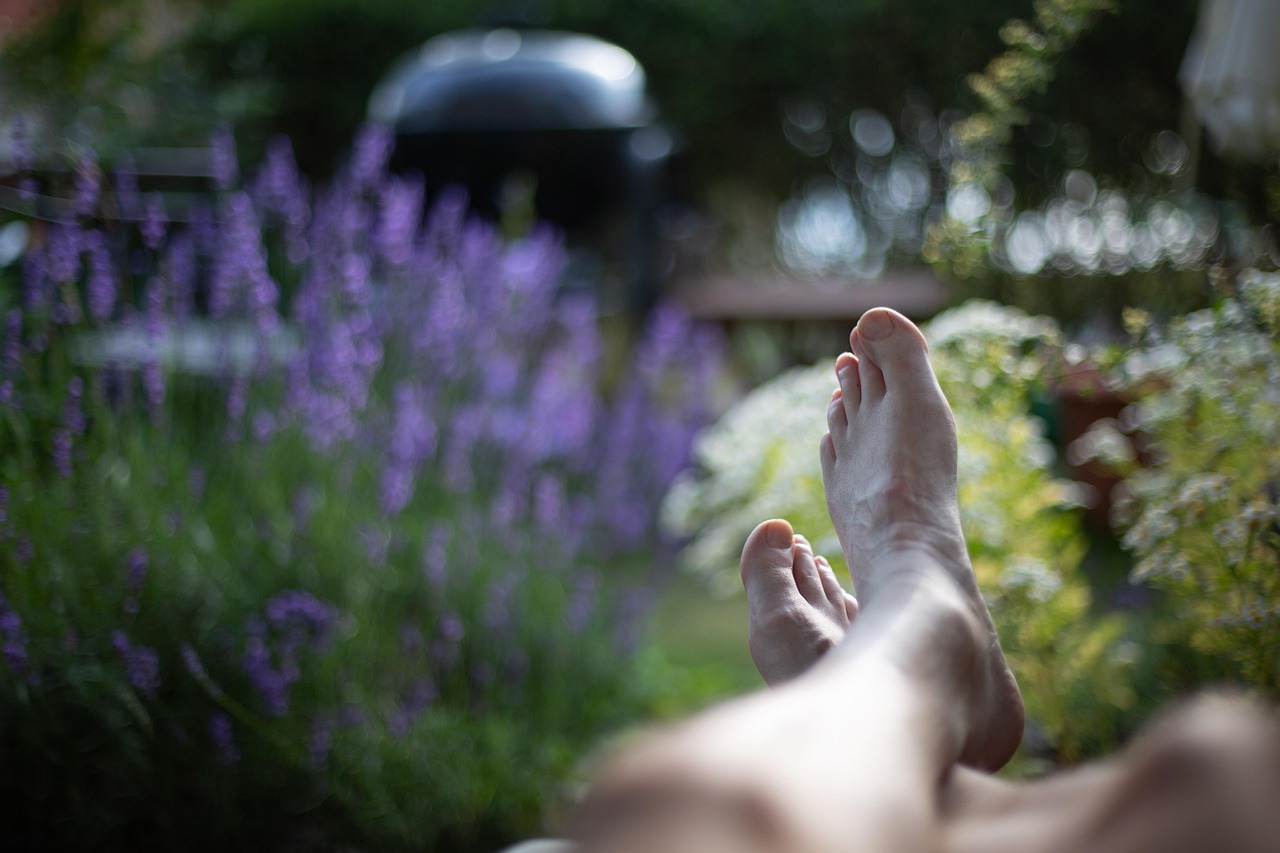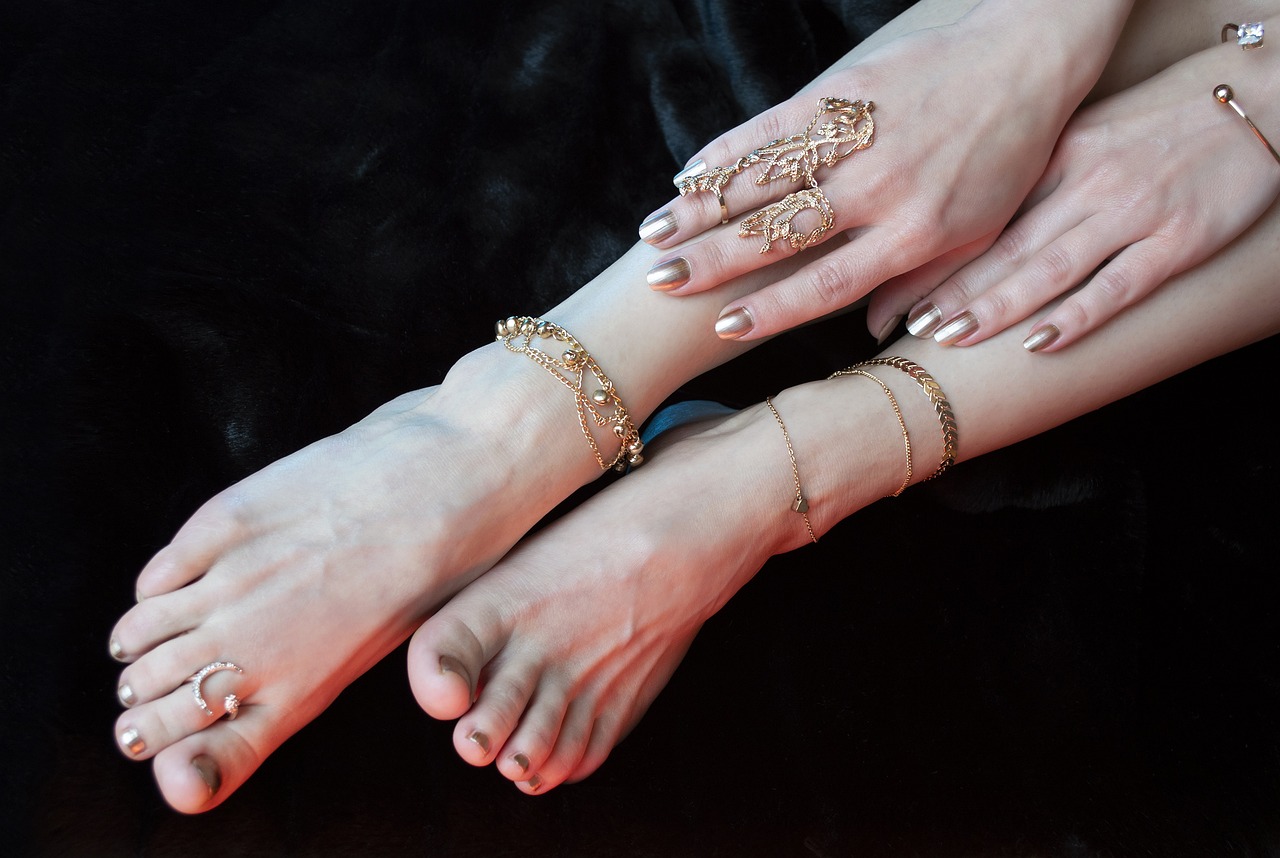Because not all flaky skin is created equal.
At first glance, cracked heels and fungal infections can look surprisingly similar — dry skin, flaking, maybe even some redness. But while they share a few visual symptoms, these two conditions have very different causes, treatment needs, and risk factors.
So how do you know if you’re just dealing with dryness, or something more serious like athlete’s foot?
In this guide, we’ll help you learn the key differences between cracked heels and fungal infections, when to treat them at home, and when to seek extra help — plus how to care for your skin the right way with The Beauty Pure.
Table of Contents
Toggle🦶 What Are Cracked Heels?
Cracked heels, or heel fissures, occur when the skin on the heel becomes excessively dry, loses elasticity, and begins to split under pressure.
🚨 Common signs:
- Visible cracks on the heel edge or base
- Hard, thickened skin (calluses)
- Flaky or rough texture
- Sometimes bleeding or mild pain
- Gets worse when standing barefoot or in open-back shoes
✅ Caused by:
- Dehydrated skin
- Prolonged standing or pressure
- Walking barefoot
- Cold or dry climates
- Lack of moisturizing routine
🧴 Best treatment:
- Daily moisturization with urea- and glycerin-based creams
- Use:
👉 Lapitak Cream for Cracked Heels - Gentle exfoliation
- Avoiding barefoot walking or friction-heavy shoes
🦠 What Are Fungal Infections on the Feet?
Fungal foot infections (like athlete’s foot) are caused by fungal organisms that thrive in moist, warm environments, like sweaty shoes or gym locker rooms.
🚨 Common signs:
- Itching, burning, or stinging between toes or on soles
- Redness or white soggy patches
- Peeling skin, especially in circular patterns
- Sometimes foul odor or oozing
- May spread to toenails
❌ Often mistaken for dryness — but cream alone won’t help
✅ Caused by:
- Moisture trapped in shoes/socks
- Walking barefoot in communal showers or gyms
- Re-wearing damp footwear
- Skin-to-skin contact or contaminated surfaces
🧴 Best treatment:
- Antifungal creams or sprays (OTC or prescription)
- Keeping feet dry, clean, and exposed to air
- Switching socks and shoes frequently
- Spraying shoes with disinfectants
🔍 Cracked Heels vs. Fungal Infections — Comparison Table
| Feature | Cracked Heels | Fungal Infection |
|---|---|---|
| Cause | Dryness, pressure, friction | Fungus (moisture + heat) |
| Symptoms | Hard, rough, split skin | Redness, itching, peeling, odor |
| Location | Typically heel edge or base | Between toes, arch, or heel edge |
| Appearance | Thickened skin with cracks | White, soggy or flaking patches |
| Pain/Discomfort | Mild pain or bleeding if deep | Burning, itching, or stinging |
| Best Treatment | Moisturizing + exfoliation | Antifungal medication |
| Spread | No | Yes — can spread to other areas |
👣 What If You Have Both?
It’s not uncommon to develop cracks that later get infected — or to have fungal peeling mistaken as dryness.
Signs of both:
- Cracked skin with itchiness or burning
- Worsening symptoms despite moisturizing
- Odor or sudden changes in skin color
✅ Solution:
- Start with antifungal care
- Once the infection is under control, reintroduce moisturizing
- Keep feet dry with Lapitak Foot Odor Preventing Spray
🧼 Preventive Routine to Avoid Both Conditions
You don’t have to wait for cracks or fungus to strike. Here’s a quick daily strategy to keep both at bay:
✅ Morning:
- Wash feet with mild soap
- Dry thoroughly — especially between toes
- Apply Lapitak Foot Care Cream to heels
- Use Foot Odor Spray if wearing closed shoes
✅ Evening:
- Inspect feet for changes (redness, flakes, soreness)
- Reapply cracked heel cream if needed
- Avoid walking barefoot at home
- Let feet breathe before bedtime
Final Thoughts: Know the Difference, Treat the Right Way
Cracked heels and fungal infections may look alike at first — but their causes, risks, and treatments are completely different. Using the wrong product may make things worse. But using the right one at the right time? That’s how you heal fast, feel better, and keep your feet truly healthy.
👉 Explore The Beauty Pure for dermatologist-trusted heel care that protects, hydrates, and helps you step forward with confidence.





